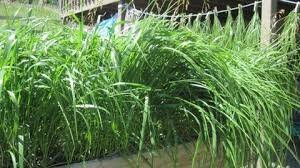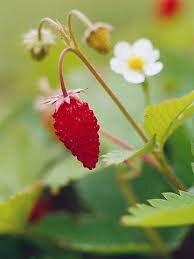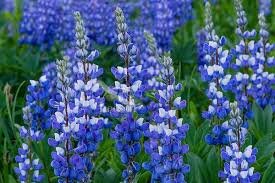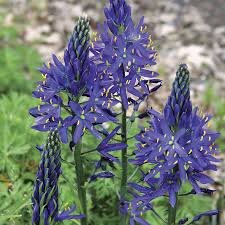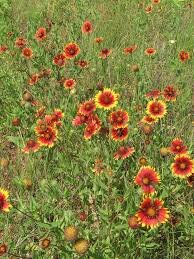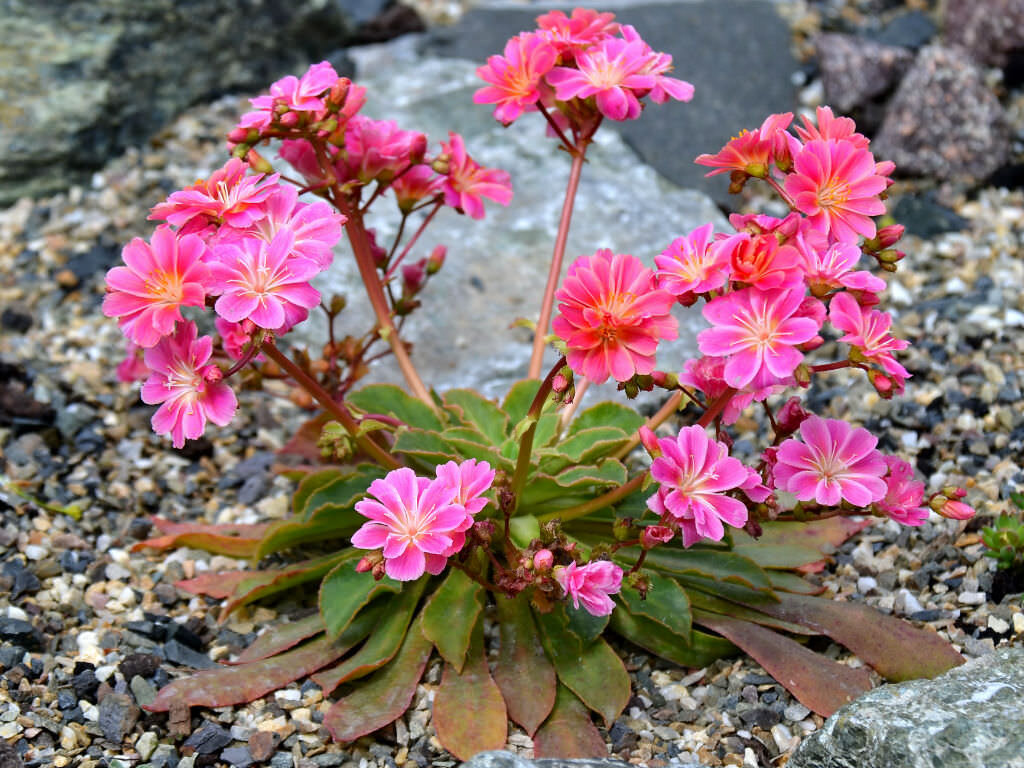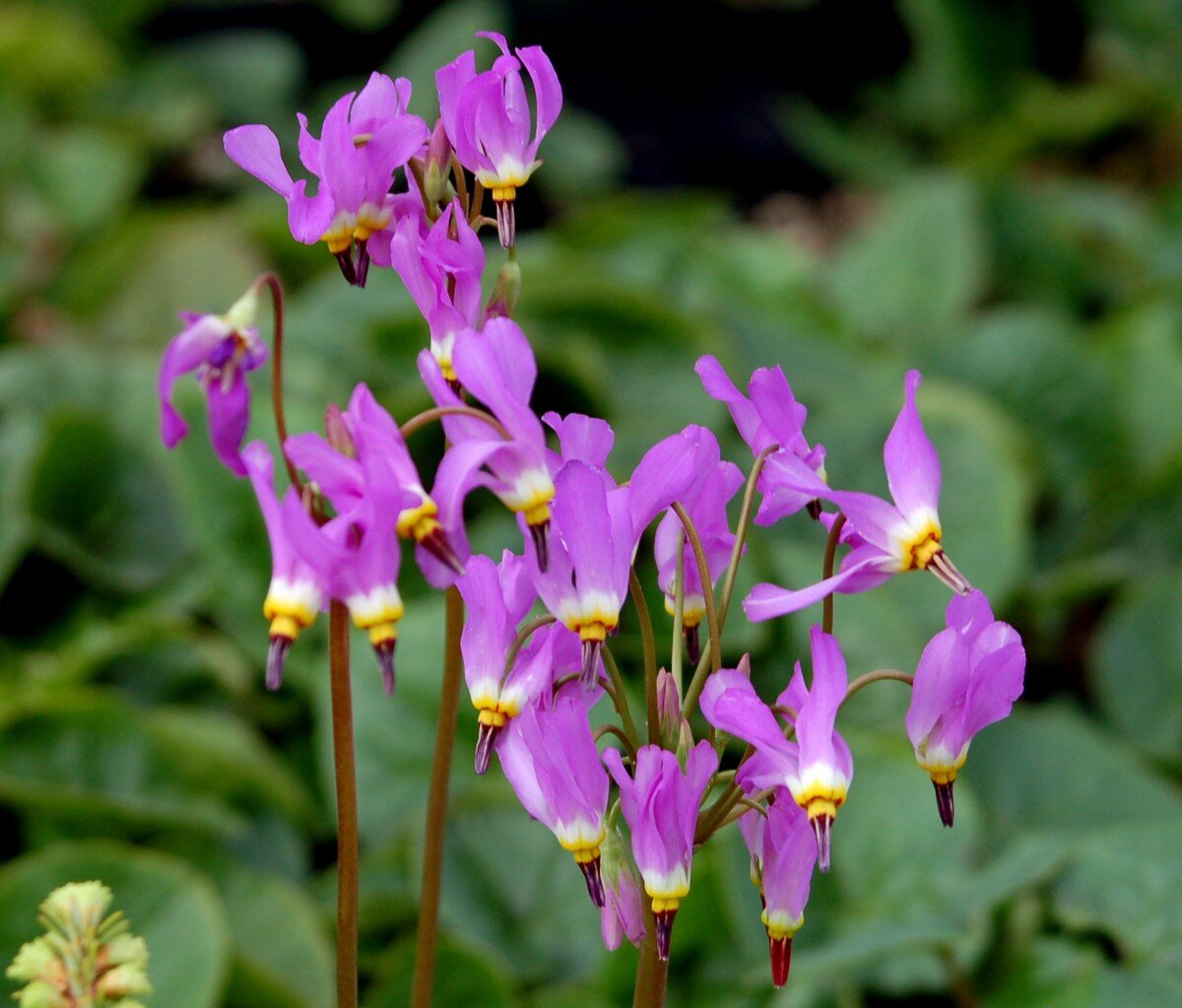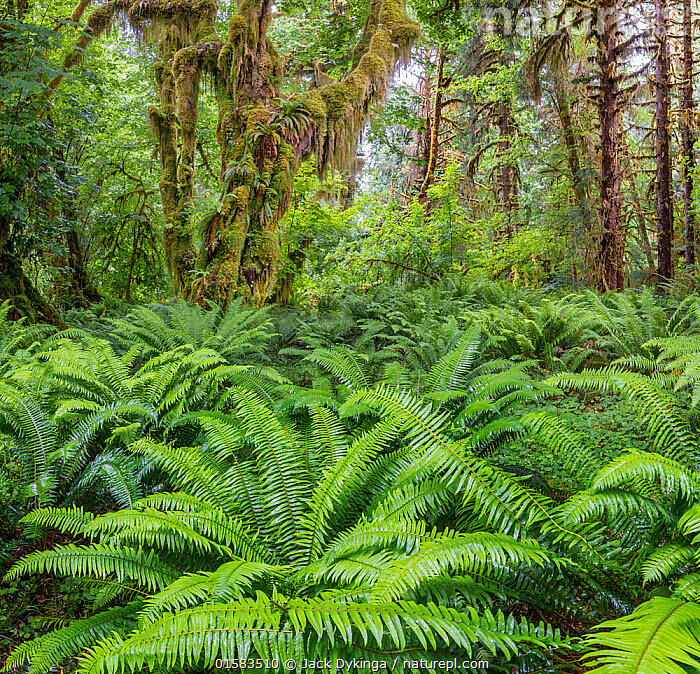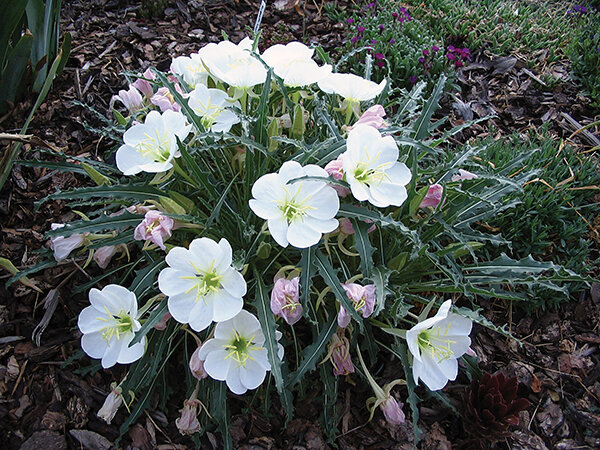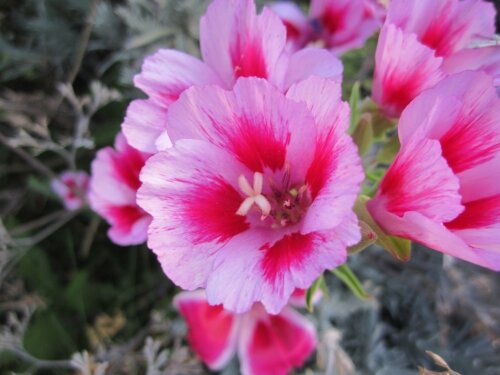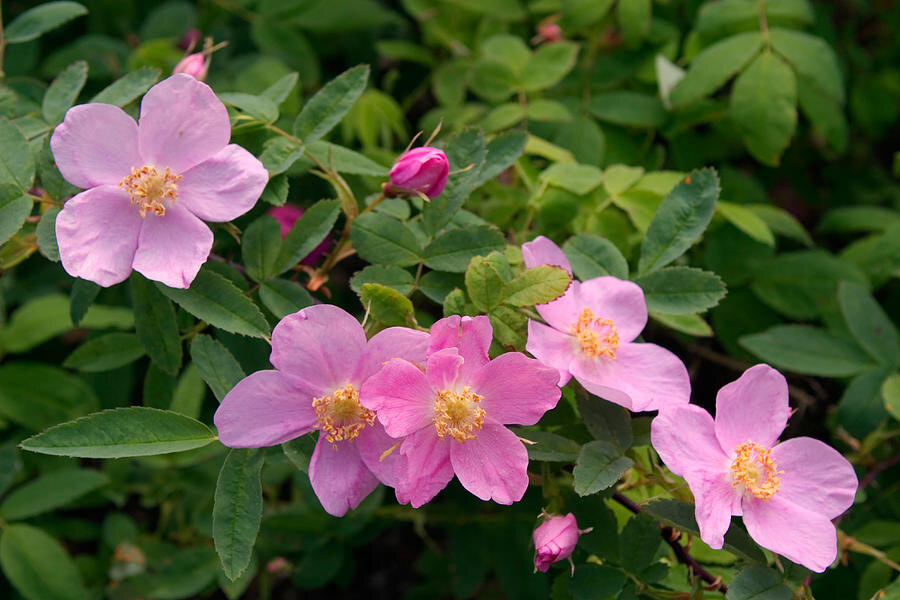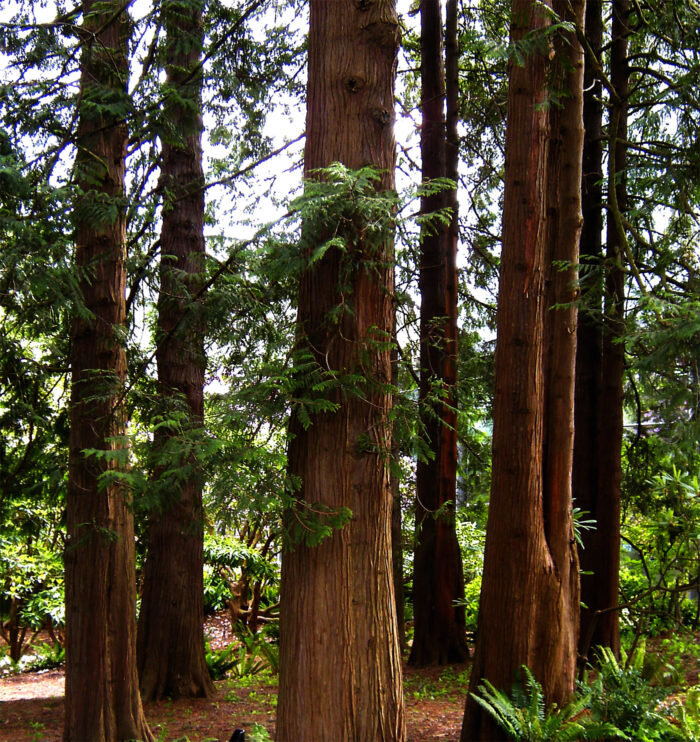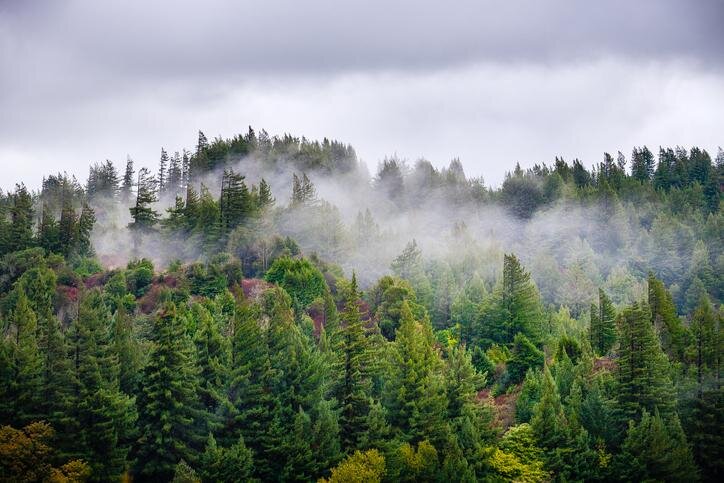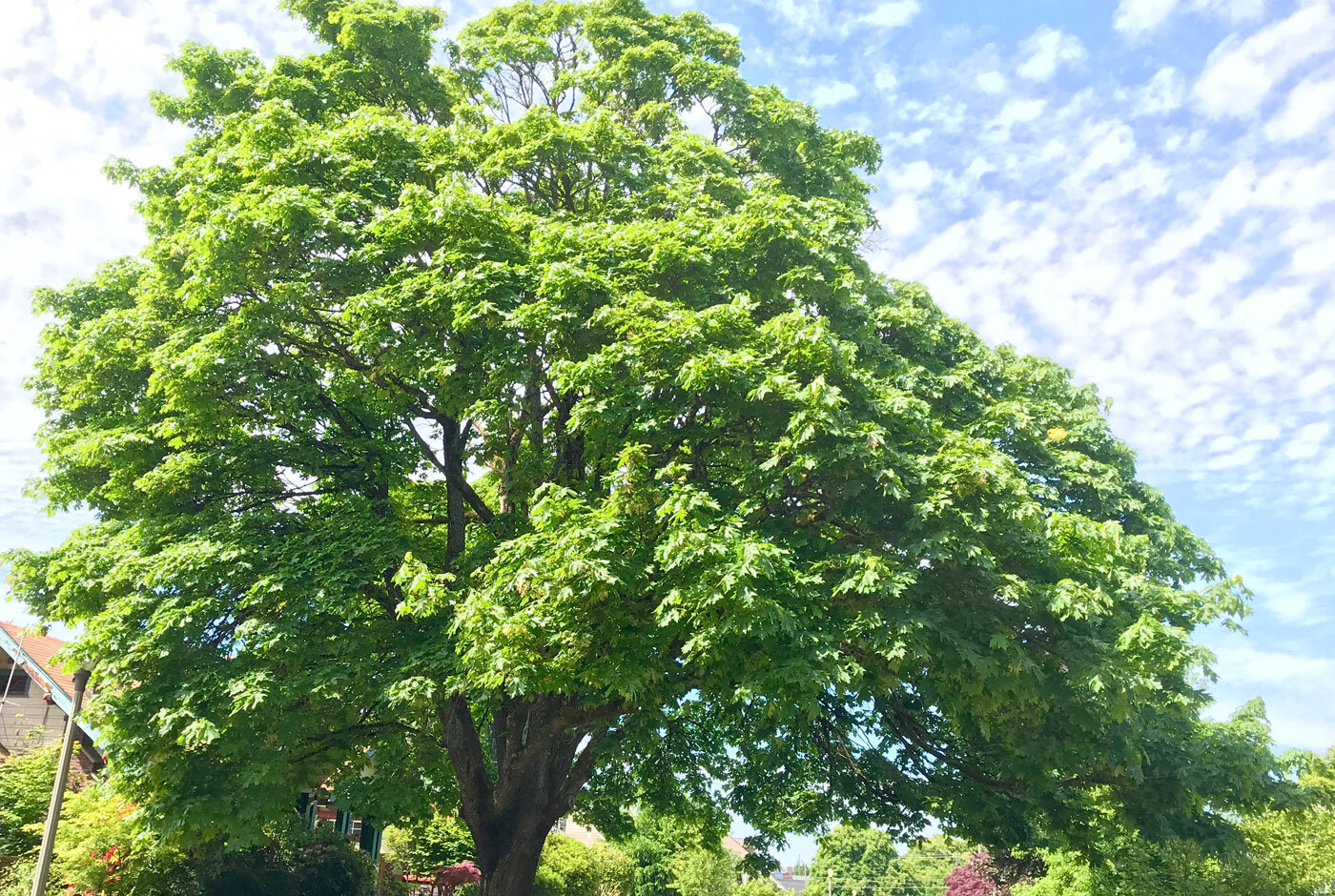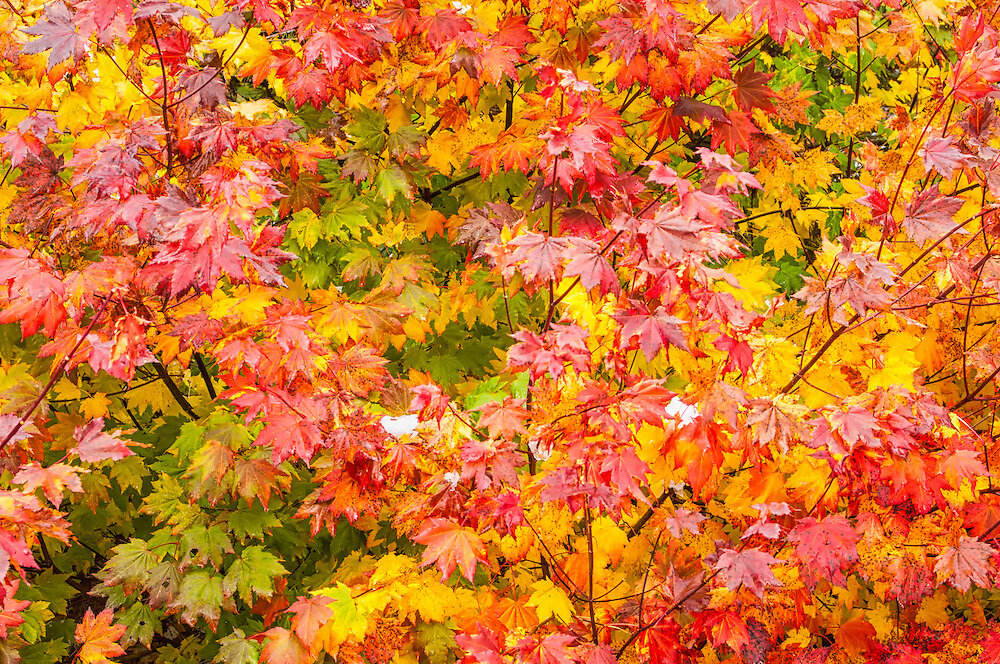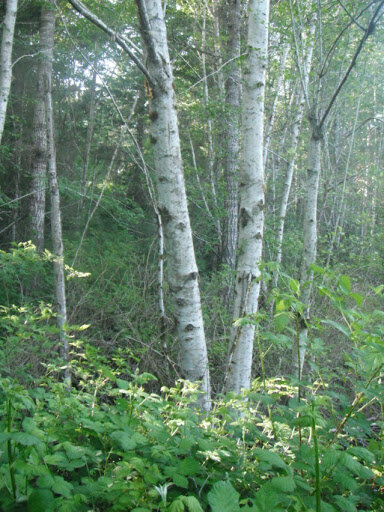Native Beauty
Land acknowledgment. We would like to begin by acknowledging that we live, work, and gather on the ancestral homelands of the Coast Salish Peoples, who have lived in the Salish Sea basin throughout the San Juan Islands and the North Cascades watershed from time immemorial. Please join us in expressing our deepest respect and gratitude for our indigenous neighbors, The Duwamish, Suquamish, Nisqually, Snoqualmie, and Muckleshoot tribes, for their enduring care and protection of our shared lands and waterways.
Through time, we have introduced many foreign and invasive plant species into the landscapes. Nowadays, for many, it's pretty hard to tell what belongs here and what does not.
Today, more than ever, people have an understanding of the importance of the restoration and preservation of the native plant habitats that surround us. Preserving the biodiversity of each region is not only essential for our survival but for that of countless other species.
“Over the past century, urbanization has taken intact, ecologically productive land and fragmented and transformed it with lawns and exotic ornamental plants. The continental U.S. lost a staggering 150 million acres of habitat and farmland to urban sprawl, and that trend isn’t slowing. The modern obsession with highly manicured “perfect” lawns alone has created a green, monoculture carpet across the country that covers over 40 million acres. The human-dominated landscape no longer supports functioning ecosystems, and the remaining isolated natural areas are not large enough to support wildlife." Audubon Society
Here are some planting ideas so that you can make a difference in your backyard.
Natural Beauty:
Many native plants seasonally offer beautiful flowers and foliage, abundant and colorful fruits, and seeds that attract birds and bees, as well as other beneficial insects.
Low maintenance:
Because they originated from this region, they already have what it takes in their DNA to survive. They will generally require little maintenance, little fertilizer, and little watering in many cases.
Sustaining the Climate:
Native trees can also combat climate change. In addition to reducing noise, they handle the most critical job of all, and that is consuming carbon pollution from exhaust. Native plants, especially long-living trees like Pines and Firs, are effective at storing the greenhouse gas carbon dioxide.
Wildlife
As well as providing habitat for birds, many other species of wildlife and insects benefit as well. The colorful array of butterflies, including the monarch, the swallowtails, tortoiseshells, and beautiful blues, are all dependent on specific native plant species. Native plants supply nectar for pollinators like hummingbirds, native bees, butterflies, moths, and even bats. They provide protective shelter for many mammals. The native nuts, seeds, and fruits produced by these plants offer essential foods for all forms of foraging wildlife.
Flowers and plants native to the Pacific Northwest:
Hierochloe odorata (Sacred plant)
The queen of all, the Pacific Rhododendron
Alpine strawberries
Broadleaf Lupine
Camassia
Blanket flower
Lewisia
Blue Columbine
Pacific Bleeding heart
Shooting star (Dodecatheon poeticum)
Sword fern
Tufted evening Primrose (Oenothera caespitosa)
Farewell to Spring
Nootka Rose
Trees:
Western Red Cedar
Douglas Fir
Western Hemlock
Sitka Spruce
Big-Leaf Maple
Vine Maple
Hooker’s Willow
Red Alder
If you need more ideas or help with planting give us a call.
Honor the land that you stand on.

